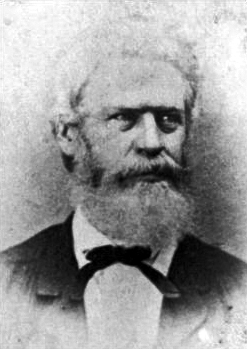|
Battle Of Honey Springs
The Battle of Honey Springs, also known as the Affair at Elk Creek, on July 17, 1863, was an American Civil War engagement and an important victory for Union forces in their efforts to gain control of the Indian Territory. It was the largest confrontation between Union and Confederate forces in the area that would eventually become Oklahoma. The engagement was also unique in the fact that white soldiers were the minority in both fighting forces. Native Americans made up a significant portion of each of the opposing armies and the Union force contained African-American units. The battleground is about northeast of what is now Checotah, Oklahoma and south of Muskogee.Freeman, Charles R "The Battle of Honey Springs." In: ''Chronicles of Oklahoma''. Volume 13, Number 2. June, 1935. Retrieved January 31, 2014. It was also about southwest of Fort Gibson. [...More Info...] [...Related Items...] OR: [Wikipedia] [Google] [Baidu] |
James R
James is a common English language surname and given name: *James (name), the typically masculine first name James * James (surname), various people with the last name James James or James City may also refer to: People * King James (other), various kings named James * Saint James (other) * James (musician) * James, brother of Jesus Places Canada * James Bay, a large body of water * James, Ontario United Kingdom * James College, a college of the University of York United States * James, Georgia, an unincorporated community * James, Iowa, an unincorporated community * James City, North Carolina * James City County, Virginia ** James City (Virginia Company) ** James City Shire * James City, Pennsylvania * St. James City, Florida Arts, entertainment, and media * ''James'' (2005 film), a Bollywood film * ''James'' (2008 film), an Irish short film * ''James'' (2022 film), an Indian Kannada-language film * James the Red Engine, a character in ''Tho ... [...More Info...] [...Related Items...] OR: [Wikipedia] [Google] [Baidu] |
